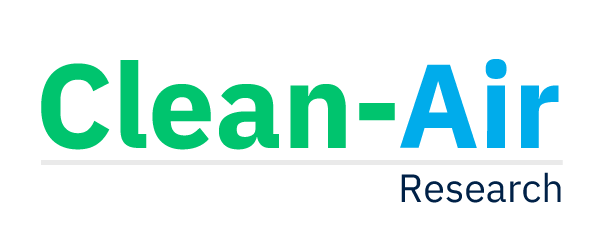SEANA – Shipping Emissions in the Arctic and North Atlantic Atmosphere
Ship emissions are a significant source of aerosol particles in the marine atmosphere. They have a major impact on the climate by reflecting sunlight back to space and by changing cloud properties. Quantifying the impact of ship emissions on the climate is challenging, however, due to a lack of understanding of natural emissions as well as uncertainty in quantities of pollutants emitted from current and future shipping industries. This is particularly true at high-latitudes.
SEANA aims to significantly enhance our understanding of the impact of shipping emissions upon atmospheric aerosols and the climate in the Arctic and North Atlantic atmosphere (ANAA). To this aim, SEANA will carry out synergistic yearlong observations at Faroe Islands and Greenland and intensive fieldwork on research ships along the Northwest Passage (NWP) with a focus on aerosol and cloud condensation nuclei (CNN) sources and processes.
The new data will be integrated with recent and ongoing measurements at existing ANAA stations to generate a benchmark aerosol baselines in ANAA. SEANA will also employ a ‘before and after’ regulation observation to determine the “real-world” impact of 2020 IMO ship fuel sulphur limit (from 3.5% to 0.5%) on aerosols and CCN in ANAA.

Arctic map with sea ice concentrations (0-100%) and ship tracks for 2012 (in orange). The Northwest Passage (NWP) is in cyan; pink dots are SEANA sites (1 Faroe Islands; 2 Thule; 3 NERC cruise; 4 Araon cruise) and green dots – existing stations: (5) Mace Head, (6) Davis, (7) Pallas; (8) Zeppelin; (9) Station Nord; (10) Alert; (11) Barrow. Data at station 5-9 will be provided from project partners and 10-11 are already available.
Research Objectives
Led by Prof. Zongbo Shi, the research objectives of SEANA are:
- To elucidate aerosol sources and processes, particularly along the Northwest passage ship route before and after the implementation of IMO fuel regulations.
- To combine the new observations with recent / ongoing network measurements into an integrated benchmark dataset on the present-day aerosol baseline.
- To evaluate and update a global aerosol model against our baseline dataset and observed aerosol response to emission reductions to faithfully represent aerosol sources and processes (including shipping emissions) observed.
- To use our constrained model to predict how the 2020 IMO regulations and future ship traffic along the Northwest Passage will impact aerosol, CCN and the climate in ANAA.
DY151 SEANA/M-Phase Research Cruise
The overall aim of a coming research cruise is to reduce the uncertainties in modelling the response of sources and processes of aerosol, cloud condensation nuclei, and ice nuclei to anthropogenic and natural emission changes so that we can better simulate clouds and predict future climate in the Arctic. The cruise is atmospheric focused.
Project Team
- Prof. Zongbo Shi, Dr Manuel Dall’Osto, Prof. Roy Harrison, Dr David Beddows: University of Birmingham
- Dr Jo Browse: University of Exeter
- Dr Anna Jones, Dr Thomas Lachlan-Cope, Dr Amelie Kirchgäßner: NERC British Antarctic Survey
- Prof. Neil Harris: Cranfield University
Partner organisations and sponsors
SEANA is funded by Natural Environment Research Council.
Project partners:
- Dr Maria Dam, Rakul Mortensen, Birgitta Andreasen: Faroe Island Environment Agency, Faroe Islands
- Prof. Qingjun Guo: Chinese Academy of Sciences, China
- Dr Alcide di Sarra: SSPT-PROTER-OAC Laboratory for Observations and Analyses of the Earth and Climate, Italy
- Dr Young Jun Yoon, Dr Joo-Hong Kim: Korean Polar Research Institute (KOPRI), Korea
- Prof. Hans-Christen Hansson and Dr Peter Tunved: Stockholm University, Sweden
- Prof. Henrik Skov, Dr Andreas Massling: Aarhus University, Denmark
- Dr Dr Angelo Lupi, Dr Vito Vitale: Italian National Research Council, Italy
- Dr Silvia Becagli, Dr Rita Traversi: University of Florence, Italy
- Prof. Jenny Murphy: University of Toronoto, Canada
- Dr Ari Asmi: University of Helsinki, Finland
- Josephine Nymand: Greenland Institute of Natural Resources
- Prof. Hongjun Mao, Dr. Taosheng Jin: Nankai University, China
- Prof. Fumo Yang: Sichuan University, China

